Learning how to responsibly manage finances is an important part of adult life. Unfortunately, not everyone learns this lesson effectively. If you are starting to construct your estate  plan, you may have concerns about one of your beneficiaries and his or her ability to responsibly handle the assets you plan to leave them. You may be balancing your desire to provide them with financial security on one hand with the possibility the assets could be quickly squandered on the other. A spendthrift trust could provide you with a solution to this dilemma.
plan, you may have concerns about one of your beneficiaries and his or her ability to responsibly handle the assets you plan to leave them. You may be balancing your desire to provide them with financial security on one hand with the possibility the assets could be quickly squandered on the other. A spendthrift trust could provide you with a solution to this dilemma.
A spendthrift trust is a trust that is formed with an eye toward making sure the beneficiary cannot squander the assets. Spendthrift trusts are a common tool for providing assets to a loved one who you know to be irresponsible with money. However, they are also commonly used when the beneficiary has drug or alcohol problems, which are also typically linked to poor financial choices and fiscal management. Toxic relationships are another reason to consider a spendthrift trust. If your loved one is in an abusive or toxic relationship wherein the abuser financially controls your proposed beneficiary, a spendthrift trust will help by limiting the abuser’s access to the assets.
With a spendthrift trust, the trustee and the beneficiary are never the same people. The trustee can be another family member, friend, or one of the many professional trustee services. Like with other trusts, the trustee is responsible for administering the trust in accordance with the trust documents. The trust grantor (i.e. the person who created and funded the trust) can put specific instructions on when distributions should be made from the trust. Moreover, the trustee can put specific instructions on when distributions should not be made. For example, the trust documents can give the trustee latitude to refuse to make a distribution if he or she believes that the beneficiary is going to use the money only for drugs. Another common approach is to allow the trustee to make payments directly for the beneficiary, but not provide for cash distributions. In other words, the trustee can pay the beneficiary’s bills directly to the creditors or service providers, but cannot just write him or her a check directly.
The trust beneficiary has absolutely no right to get directly to the assets in the trust. The only benefit they will receive from the trust will be the distributions that the trustee will make pursuant to the trust documents. Moreover, a beneficiary cannot pledge the assets in the trust as security for the loan.
There are some drawbacks to using a spendthrift trust. It is possible that the trust documents are too strict, making it difficult or even impossible for a trustee to make distributions even when the beneficiary has a clear and legitimate need for financial assistance. In addition, having trust documents that provide too much discretion to the trustee as to when distributions may be made can create a source of friction between the trustee and the beneficiary; this situation could devolve and become problematic or even dangerous, especially if the trustee and beneficiary are family.
If you have questions about which estate planning documents are best to help you achieve your goals, call us today at (320) 299-4249. We can talk with you about your needs and how we can help you.































